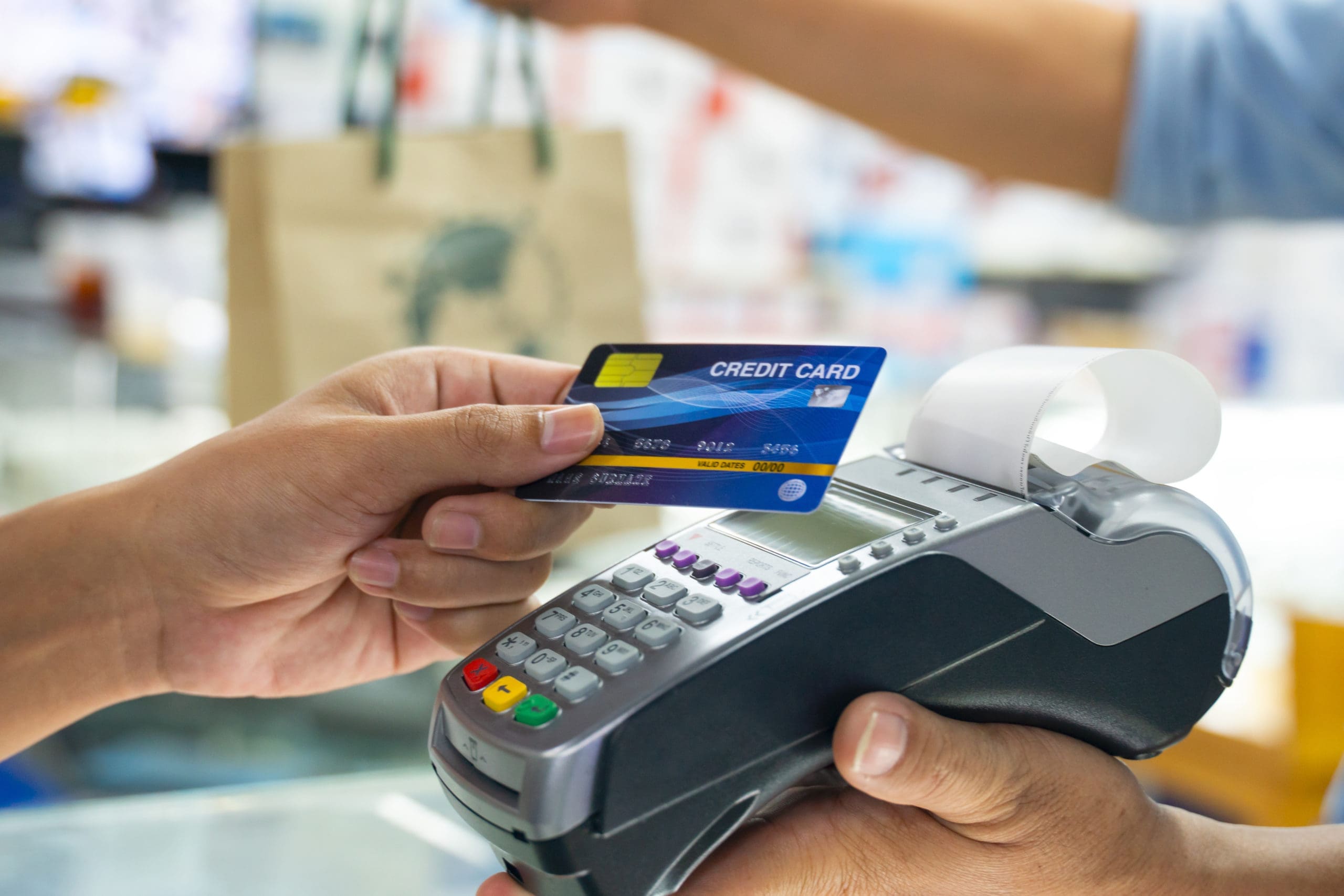How to Clean A Credit Card Machine.
I know that POS credit card terminals can play a role in spreading viruses like the COVID-19, but I don’t want to damage my equipment. What are the best methods for cleaning and disinfecting credit card terminals?
Create a Procedure
Customers will enter their PINs every day, touching the same buttons, perhaps holding the terminal with their hands. Employees may hand terminals to customers, tear off receipts, contact the keys, or move it around on counters. One customer with an infection touching the terminal could infect dozens of customers and your employees who may inadvertently touch their face after contact with the terminal. Therefore it is essential that you have an established procedure for cleaning and disinfecting credit card terminals.
Have a check reader? Even check readers aren’t immune as employees interact with customers and potentially un-sanitized surfaces frequently between hand washings.
The best payments are online or contactless payments, but not all card terminals or payment processing systems are set-up for NFC payments.
Modern payment processors offer stand-alone digital payment solutions that make it easy for your business to accept digital or online payments.
Step-by-step cleaning process
Necessary Cleaning – when cleaning and disinfecting credit card terminals, you first need to remove dust, debris, grime, and other accumulated dirt. A clean disposable cloth and a small cup of warm water with a small amount of liquid dish detergent dissolved will handle the surface grime, but won’t kill the germs – bacteria or viruses. Canned air is useful for removing debris between the keys. Card reader cleaning cards clean internal mechanisms and are available from a wide variety of online sources.
Disinfecting – The best method for disinfecting terminals is to use disposable disinfectant wipes for electronic devices. A close second is a disposable cloth sprayed with disinfectant cleaning spray for electronics. Caution should be used in using general-purpose disinfecting wipes as could contain high levels of alcohol that could damage the protective coating smart terminal’s screens. The keys on credit card terminals with keypads might require both canned air and small content swaps sprayed with an electronics disinfecting spray to ensure the surfaces are sanitized.
As an additional precaution, you could use a UV light sanitizer, which kills 99.9% of the bacteria exposed frequently touched surfaces.
It is always a good idea to check with the terminal manufacturer to ensure the cleaning chemicals you intend to use are safe to use on your particular terminals, especially if this is the first time you are cleaning your terminal. Using unapproved methods or chemicals may void your equipment warranty or damage the equipment.
Things You Should Never Do.
· Never spray any liquid directly on your POS credit card terminal.
· When using disposable wipes, remove excess fluid; excess fluid could drip into openings in the reader and damage it.
What You Should Always Do.
· Collect all your cleaning supplies, including disposable gloves, before getting started.
· Wash your hands thoroughly and slip on a pair of disposable gloves onto your hands.
· Turn-off the device and unplug and from the charger from the terminal or disconnect from the electrical outlet or network cable, if applicable.
· Clean swipe and dip slots as per manufacturers’ recommendations and with approved methods.
· Reconnect the device to power and network, then turn on the card reader.
· Throw away disposable items, including gloves, when finished cleaning.
· Wash your hands afterward.
How Often to Clean?
Ideally, the card terminal should be cleaned after each customer use; however, that is often not practical. Readers and swipers should be cleaned a minimum of three times a day. For frequent cleanings, use a UV light sanitizer, which kills 99.9% of the bacteria exposed frequently touched surfaces.
Hacks to prevent the spread of germs
If after each customer cleaning isn’t practical, here are some hacks for you to consider:
· Keep your credit card terminals out of the customer’s reach. When a customer chooses to pay by card, encourage them to use a contactless card for payment while an employee holds the terminal.
· Have a card reader dedicated to lower dollar amount payments. Use contactless or NFC for higher amounts via Apple Pay or Google Pay, which do not have strict transaction limits. If you’ve installed a mobile wallet limit on the terminal, consider removing it
· For customers who can’t pay via contactless, hand the terminal to the customer for a dip and swipe payments and sanitize the terminal before its next use.
· Touchscreen smart POS terminals can be used with a screen protector. Screen covers can be removed with general sanitizers without damaging the terminal.
· Some card machine terminals have keypad protectors you can purchase. These pads designed to protect the terminal from liquids can also protect against the spread of disease. Keypad protectors are easy to remove and sanitize off terminal without the need to turn off the terminal or disconnect it from power or the network.
· Ensure you have a clear hand washing policy and card reader policy in effect for your employees to follow to safeguard everyone’s health.
Terminal Brand Specific Cleaning Instructions
Verifone
Cleaning &Disinfecting Credit Card Terminals
- Turn off your device.
- Unplug it from the power source.
- Clean it following the instructions below.
- Once completely dry, reconnect it to power and power up.
Verifone devices should only be gently cleaned to remove dirt, residue, or debris using a lightly water-dampened, clean microfiber cloth. One or two drops of pH-neutral, non-scrubbing soap may be used. Do not use solvents, harsh detergents, or abrasive cleaners.
After cleaning, the devices may be sanitized using an alcohol-based wipe or appropriate alcohol-based cleaner (approx. 70-90% strength isopropyl alcohol) applied to a microfiber cloth. Apply gently; do not scrub. Isopropyl alcohol applied to a clean microfiber cloth may be used on touch panel displays but never press hard on displays.


